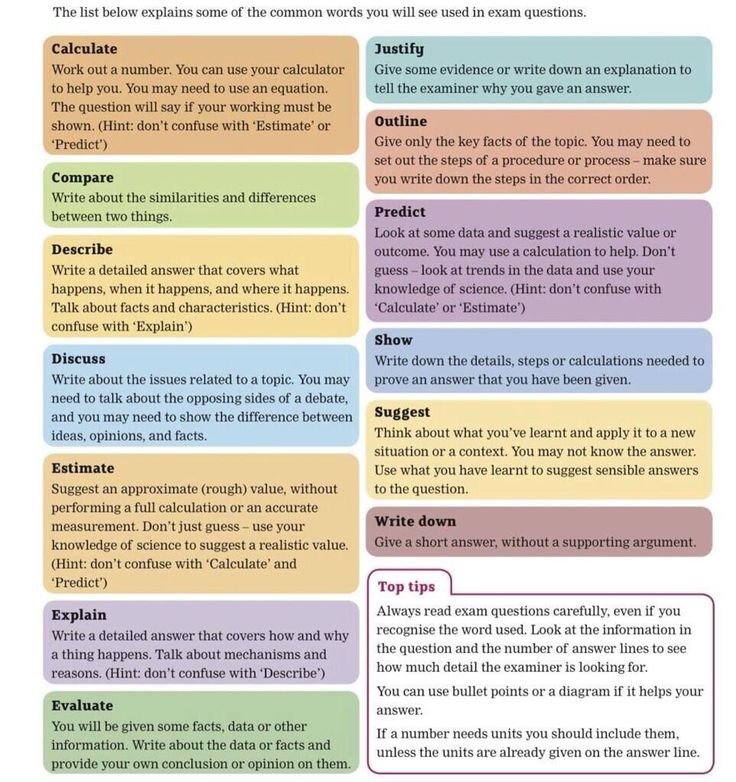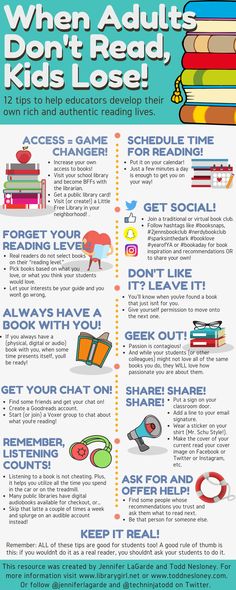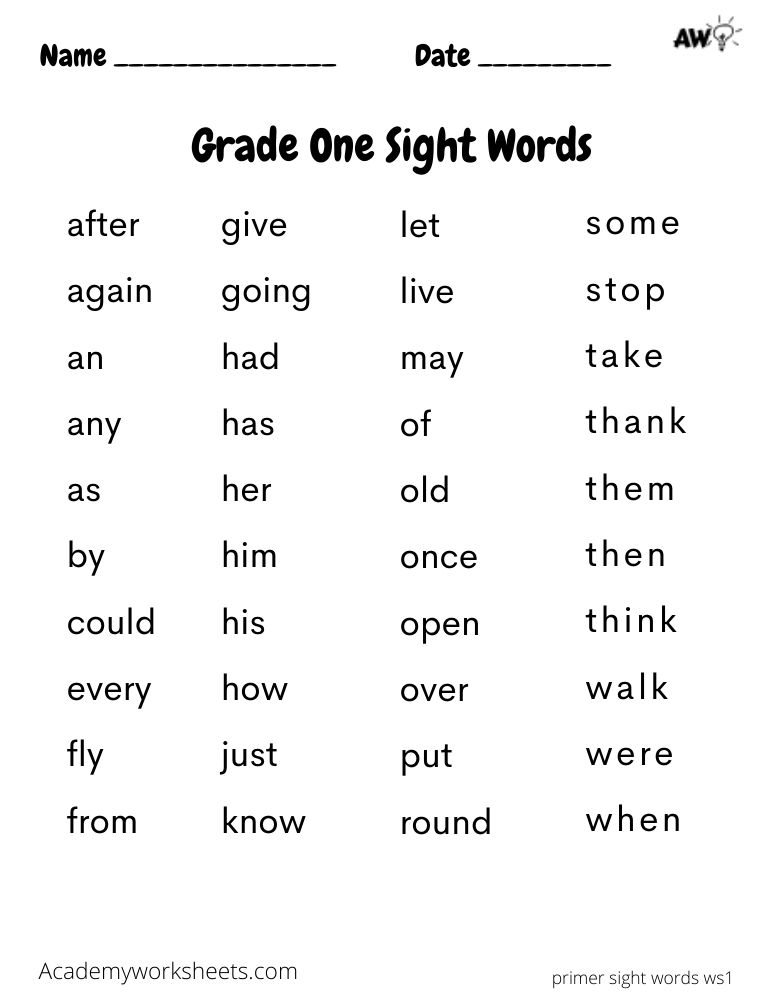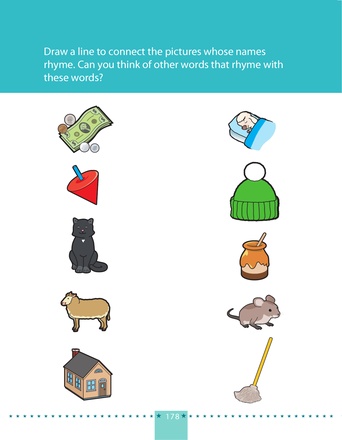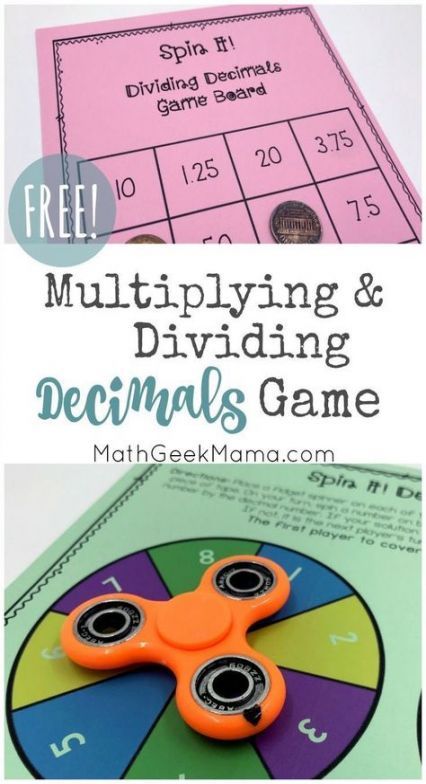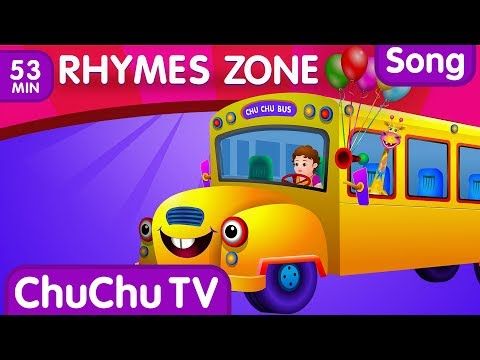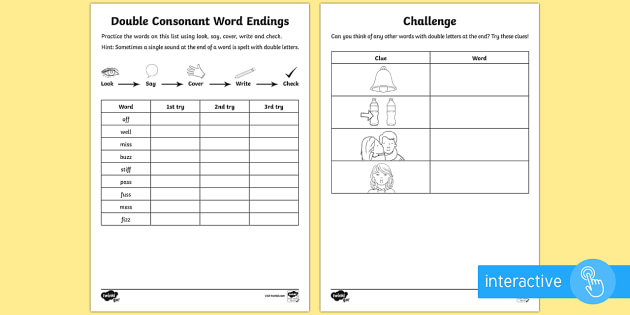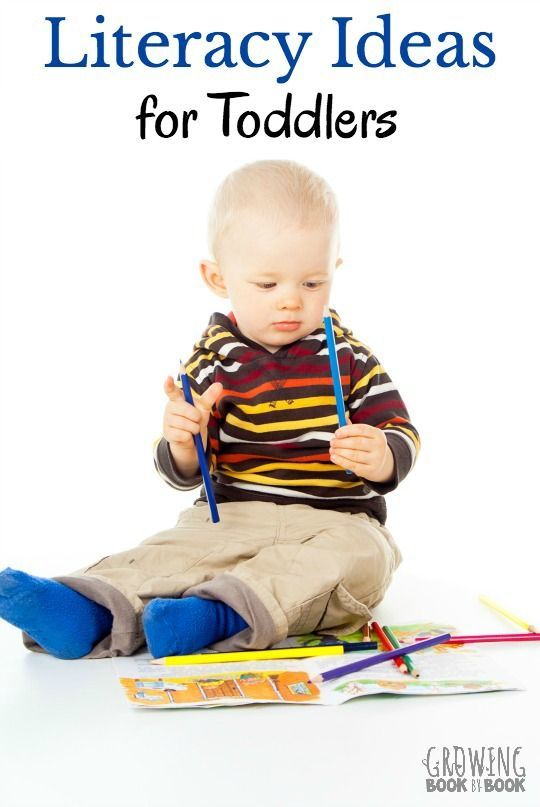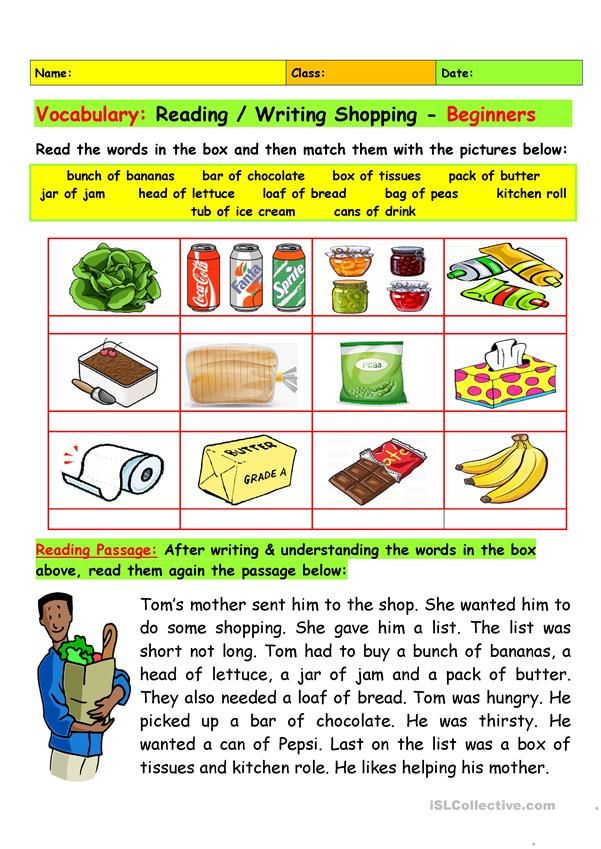What three year olds should be learning
Important Things a 3 Year Old Should Know
As your toddler learns and grows, you no doubt want to make sure s/he is meeting all his/her developmental milestones. Here are all the important things a 3-year-old should know to make sure your little one is on the right track!
Things a 3 Year Old Should Know Through Personal Development
Physical Development
The first few years of life are filled with several monumental ‘first’ moments. To demonstrate, by the age of three, there are many physical milestones a child should reach. Check out the following list of physical achievements to gauge your child’s development.
- Walk in a straight line
- Run without tripping
- Walk backward
- Balance on one leg for more than five seconds
- Jump
- Skip/gallop
- Pedal a tricycle
- Turn pages in a book
- Walk upstairs with alternating feet, with one foot on each step
- Kick, throw, and catch a ball
- Wash and dry their hands on their own
- Dress with little assistance
- Hold a writing utensil
- Most children at this age will be able to write their name, write some letters of the alphabet, and draw simple shapes.
- Voice should be becoming clearer and easier to understand by strangers
- Cut paper with age-appropriate scissors
- Turn door handles and twist caps on and off
In addition, between 18 months and three years, children are often ready to be potty trained. If your child is not yet trained, consider starting the potty training process to prepare them for preschool!
Emotional Awareness
At this age, children are not only becoming more aware of their own emotions, but also that of others.
For example, around three years of age, children will develop empathy for others, being more aware of others’ feelings. Additionally, children will start to show affection for others, in ways such as hugging a friend without being asked to do so.
Because your toddler is becoming more aware of his/her feelings, you can start to have him/her start identifying those feelings. For example, encourage him/her to say things like, “I’m happy,” or, “I’m sad,” and explain why s/he feels that way.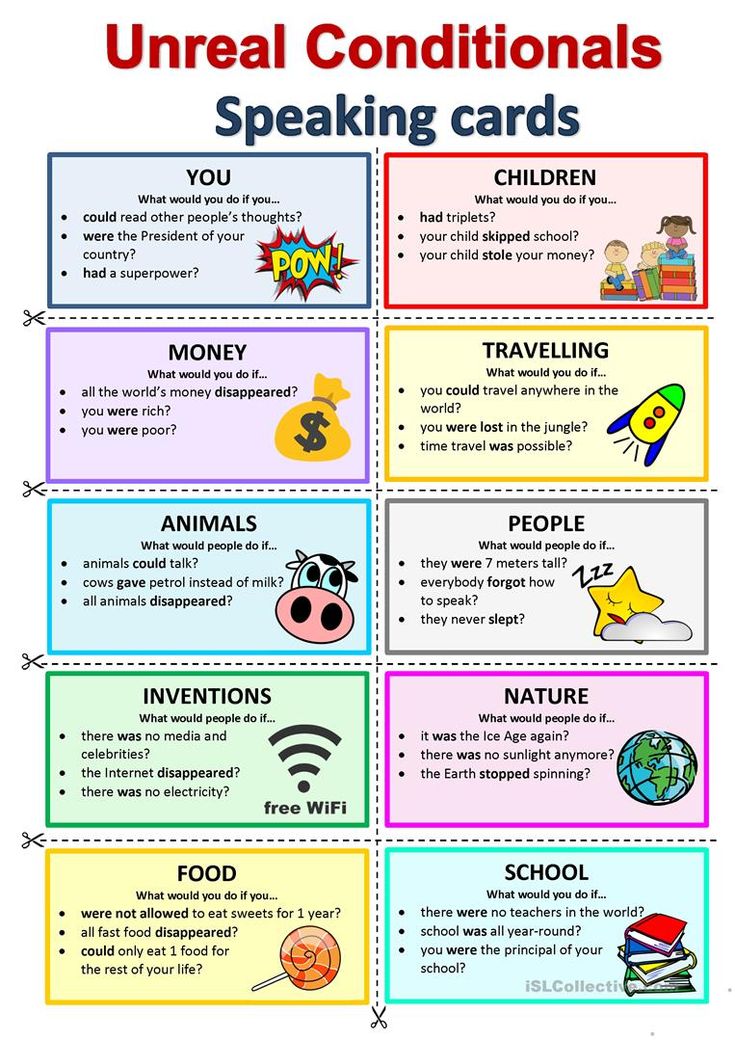
Moreover, as their imaginations expand and their social skills develop, three-year-olds will also stray from playing independently and begin playing with other children. Often, this will include group games and real-life games such as “house” or “school.”
Cognitive Skills
Your child’s cognitive skills will grow exponentially as he or she grows! For this reason, it’s important you are aware of the things s/he should know at this age. Following are some academic milestones a three-year-old should be able to accomplish.
- Say name and age
- Answer simple questions
- Recite the alphabet
- Identify basic shapes and colors
- Tell stories
- Count (to at least 10)
- Know about 300-500 words as well as understand many others
- Understand the difference and similarity between things and sort them accordingly
- Complete age-appropriate puzzles
- Understand time (morning, night, days of the week)
- Follow 3-step instructions, such as, “Brush your teeth, put your pajamas on, and get into bed.
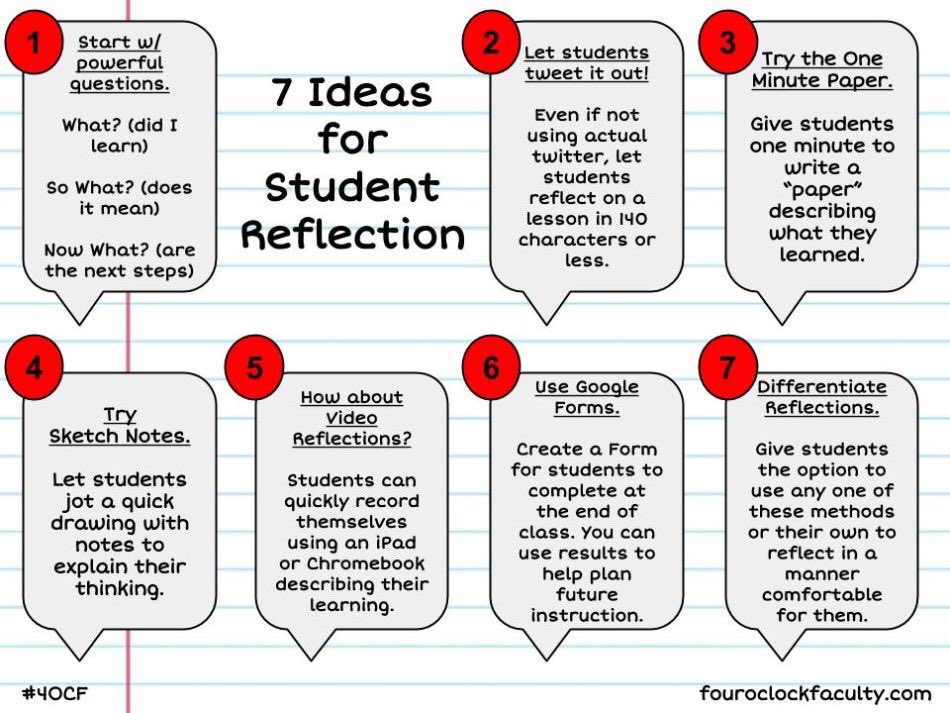 ”
” - Use basic grammar rules. Children may still mess up words that are exceptions to basic grammar rules, such as saying “mouses” instead of “mice.”
- Ask a lot of questions, such as “why?” Be sure to be patient with them and encourage their curiosity.
Furthermore, by the time a child turns three, s/he should be speaking in full sentences of at least six words or more. By the age of four, s/he should be able to speak in complete sentences. Your little one will grow a lot in the next year!
Should You Be Concerned if Your 3 Year Old Doesn’t Know All These Things?
Not every child develops at the same rate. Therefore, if your little one isn’t hitting some of these milestones, it may be because s/he is just progressing at a different rate.
However, if your child is displaying signs such as the following, consider talking to your child’s doctor.
- Frequently falling
- Unable to walk up or downstairs
- Has trouble holding a writing utensil, scribbling, or drawing a circle
- Speaks only in sentences that are less than three words long
- Not interested in playing games with others and not engaging in imaginative play
- Doesn’t understand simple commands
- Doesn’t want to play with others
- Avoids eye contact
- Can’t work simple toys
- Cannot dress/undress him/herself
- Loses skills s/he once had
- Persistent drooling or unclear voice
Encourage Childhood Development with the Right Primary School!
There are so many important things a 3-year-old should know! Your little one is growing so fast, so it’s important to nurture that growth with love and care.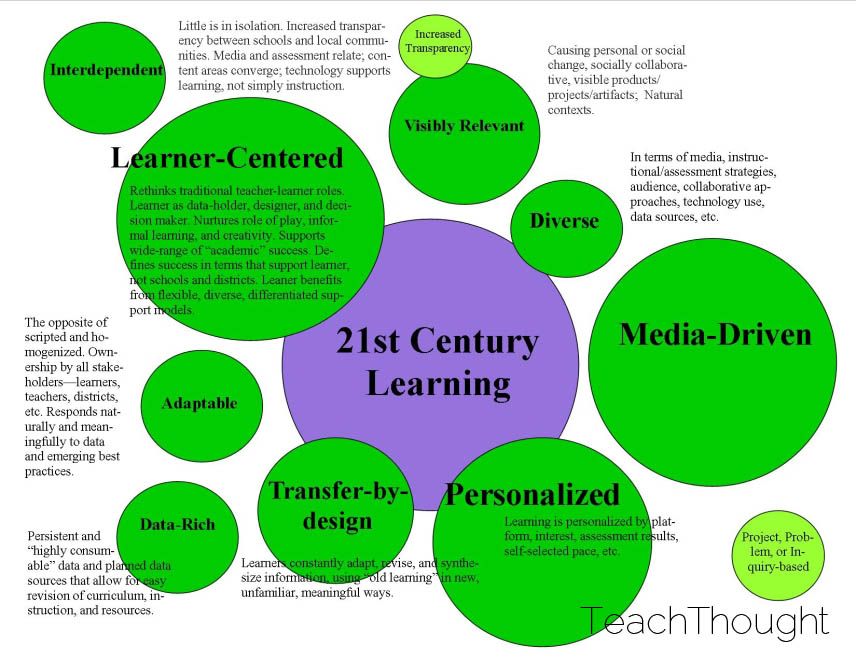 That’s why it’s important to find the best toddler program or preschool for your precious son/daughter!
That’s why it’s important to find the best toddler program or preschool for your precious son/daughter!
Smaller Scholars Montessori Academy has a toddler program for kids 18 months-3 years old and a primary program for children 3-6 years old. In the toddler program, children are taught through fun activities in the subjects of art, music, dance, and practical life lessons. The staff at Smaller Scholars knows that kids at this age are like sponges, so they foster a love of learning through positive engagement!
In the primary program, children learn to develop essential skills, such as time management, personal responsibility, self-awareness, independence, and social awareness. In this enriching environment, your 3-year-old has the opportunity to learn from older children.
In the end, this top-notch Montessori school will help your 3-year-old meet important milestones now and in the years to come! Contact Smaller Scholars Montessori Academy today to learn more!
Cognitive, Language, and Motor Skills
Written by Hedy Marks
In this Article
- 3- to 4-Year-Old Development: Language Milestones
- 3- to 4-Year-Old Development: Cognitive Milestones
- 3- to 4-Year-Old Development: Movement Milestones
- 3- to 4-Year-Old Development: Hand and Finger Skills
- 3- to 4-Year-Old Development: Emotional and Social Milestones
- 3- to 4-Year-Old Development: How to Help Your Child
- 3- to 4-Year-Old Development: How to Keep Your Child Safe
- 3- to 4-Year-Old Development: When to Be Concerned
Congratulations, you have survived the "terrible twos!" Hopefully, you have energy left to enjoy what lies ahead for you and your preschooler.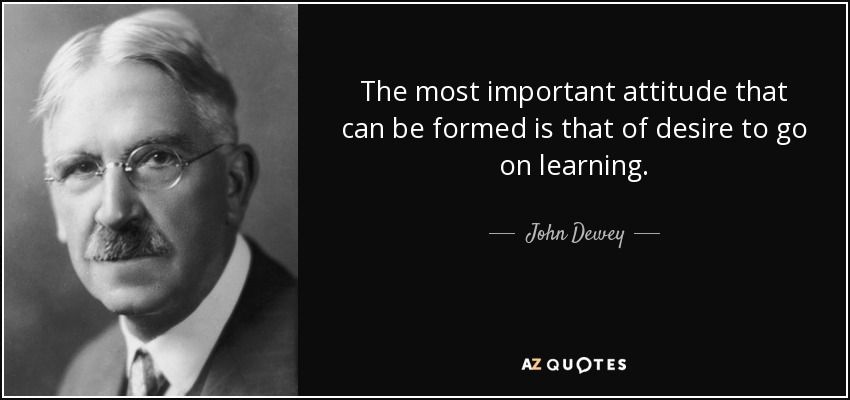 They call the next few years the "magic years" -- partly because it seems like magic that your child is finally listening to you and partly because for your child, it is a time for their imagination to run wild.
They call the next few years the "magic years" -- partly because it seems like magic that your child is finally listening to you and partly because for your child, it is a time for their imagination to run wild.
Your 3- to 4-year-old child will continue to grow and develop in many ways in the coming year. Although children reach developmental milestones at different times, your child will likely achieve the following developmental milestones before they turn 5.
3- to 4-Year-Old Development: Language Milestones
If your child is not very talkative, that will likely change soon. Between or at ages 3 and 4, your child should be able to:
- Say their name and age
- Speak 250 to 500 words
- Answer simple questions
- Speak in sentences of five to six words, and speak in complete sentences by age 4
- Speak clearly, although they may not be fully comprehensible until age 4
- Tell stories
3- to 4-Year-Old Development: Cognitive Milestones
Your child will start asking lots of questions. "Why is the sky blue? Why do birds have feathers?" Questions, questions, and more questions! While it may be annoying at times, asking questions is a normal developmental milestone. In addition to asking "why?" all the time, your 3- to 4-year-old should be able to:
"Why is the sky blue? Why do birds have feathers?" Questions, questions, and more questions! While it may be annoying at times, asking questions is a normal developmental milestone. In addition to asking "why?" all the time, your 3- to 4-year-old should be able to:
- Correctly name familiar colors
- Understand the idea of same and different, start comparing sizes
- Pretend and fantasize more creatively
- Follow three-part commands
- Remember parts of a story
- Understand time better (for example, morning, afternoon, night)
- Count, and understand the concept of counting
- Sort objects by shape and color
- Complete age-appropriate puzzles
- Recognize and identify common objects and pictures
3- to 4-Year-Old Development: Movement Milestones
Your busy preschooler continues to be on the move. Between or at ages 3 and 4, your child should be able to:
- Walk up and down stairs, alternating feet -- one foot per step
- Kick, throw, and catch a ball
- Climb well
- Run more confidently and ride a tricycle
- Hop and stand on one foot for up to five seconds
- Walk forward and backward easily
- Bend over without falling
- Help put on and remove clothing
3- to 4-Year-Old Development: Hand and Finger Skills
Your child is becoming much more nimble.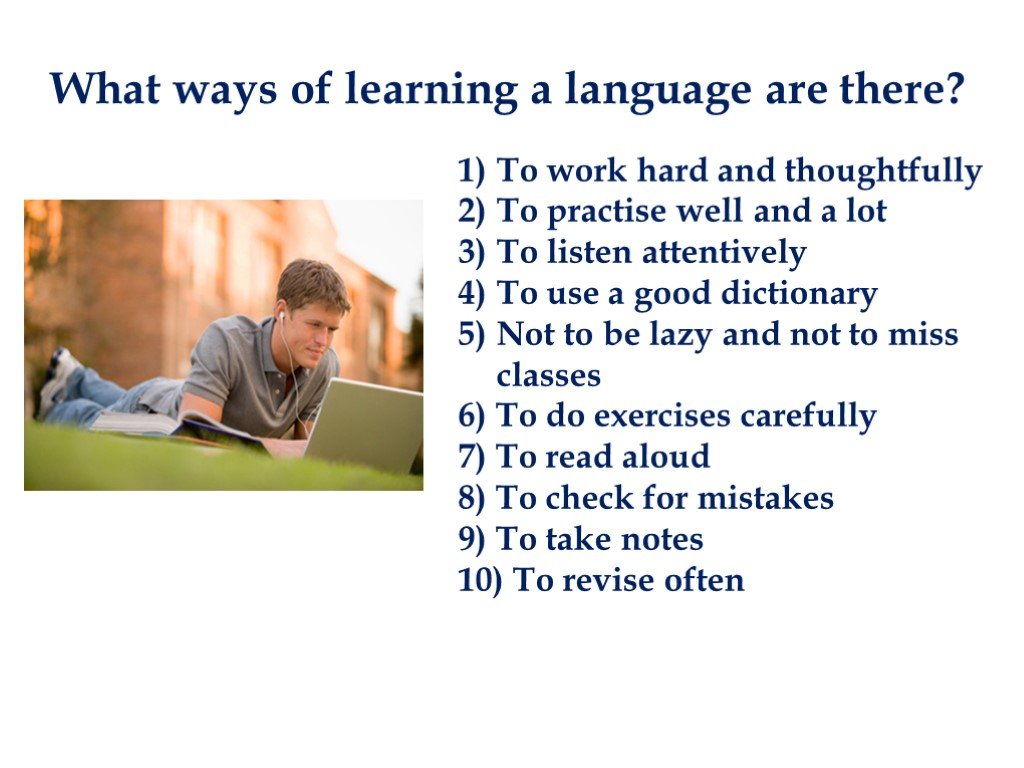 At this point in their development, your child should be able to:
At this point in their development, your child should be able to:
- More easily handle small objects and turn a page in a book
- Use age-appropriate scissors
- Copy circles (3) and squares (4)
- Draw a person with two to four body parts
- Write some capital letters
- Build a tower with four or more blocks
- Dress and undress without your help
- Screw and unscrew jar lids
- Turn rotating handles
3- to 4-Year-Old Development: Emotional and Social Milestones
Your 3- to 4-year-old is not only becoming more independent physically, but also emotionally. You may start to notice fewer tantrums when you leave your child with a sitter or at preschool.
In addition, your 3- to 4-year-old is becoming more social. Your child may now be able to cooperate with their friends, take turns, and may begin to show some problem-solving skills.
At this point in development, your child should be able to:
- Imitate parents and friends
- Show affection for familiar family and friends
- Understands the idea of "mine" and "his/hers"
- Show a wide range of emotions, such as being sad, angry, happy, or bored
In addition, you may notice your child's imagination is in overdrive.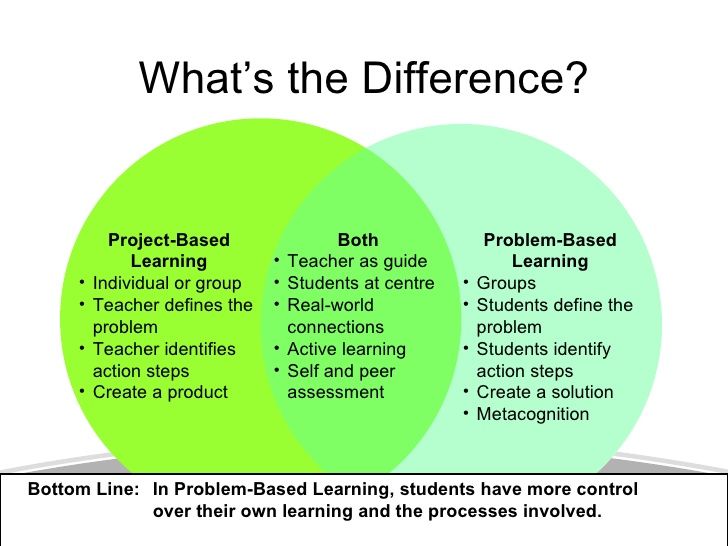 This can be good and bad. Fantasy and pretend play becomes more interesting and involved, but your child may also start developing unrealistic fears, such as believing a monster is lurking in the closet.
This can be good and bad. Fantasy and pretend play becomes more interesting and involved, but your child may also start developing unrealistic fears, such as believing a monster is lurking in the closet.
3- to 4-Year-Old Development: How to Help Your Child
There’s a ton you can do every day to help your child learn and grow, such as:
- Allow your child to make simple choices, like what to wear or what to play.
- Give plenty of time for your kid to be active, and play games together like tag.
- Let your child do some self-care on their own, like getting dressed, using the bathroom, and brushing teeth.
- Practice counting and singing simple songs, like the ABCs.
- Read to your child every day.
- Set time to play with other kids -- let them work out conflicts on their own, but step in when needed.
- Suggest activities like drawing and making art with paper, scissors, and glue.
- Talk to your child -- patiently answer questions and help them express their feelings.
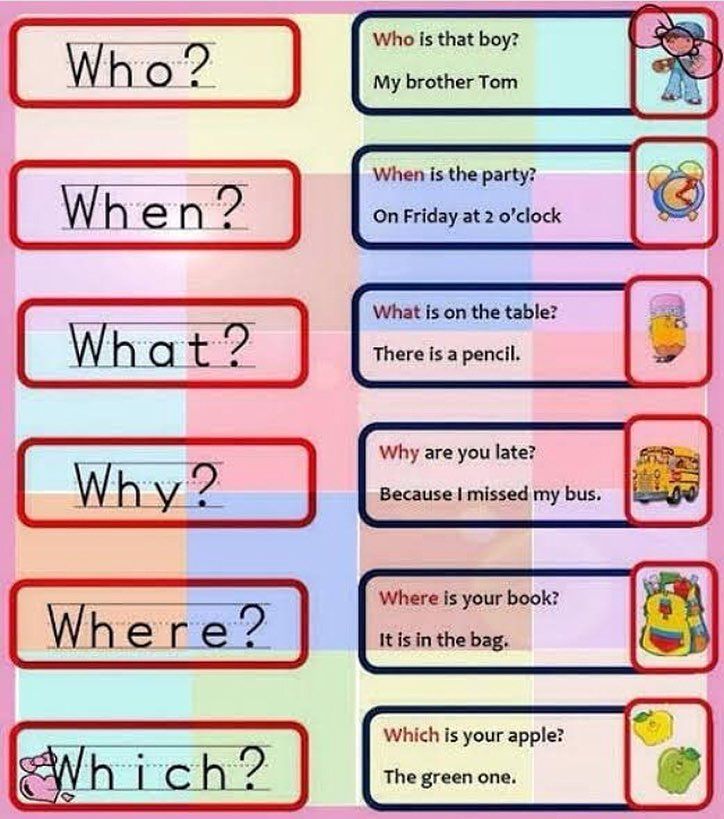
- Teach your child how to make up after hurting someone’s feelings.
And when it comes to TVs, smartphones, computers, and tablets, doctors suggest that you:
- Keep technology out of bedrooms.
- Limit screen time to 1 hour a day of high-quality programs.
- Talk about what you watch together and how it applies to the world.
3- to 4-Year-Old Development: How to Keep Your Child Safe
All these new skills are exciting. You need to let your child explore, but you also need a watchful eye, especially when it comes to common dangers likes falls, burns, poisons, and strangers.
Here are some tips to keep in mind:
- Always wear helmets on bikes, tricycles, and other riding toys.
- Check the height and weight limits of your child’s car seat -- when your child outgrows it, use a booster seat.
- Don’t keep guns in your home. If you have a gun, keep it unloaded, locked away, and separate from bullets. And make sure children can’t get the key.
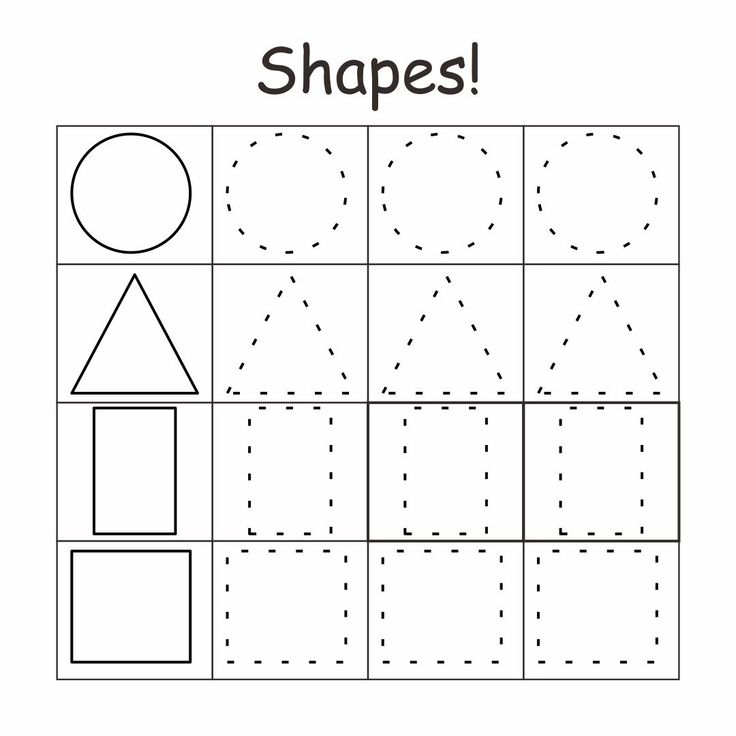
- Let your child explore, but guard against falls, especially around playgrounds, doors, windows, and stairs.
- Keep an eye out when playing near streets and driveways.
- Use caution in the kitchen -- spills, splatters, and hot surfaces can all cause serious burns.
- Watch your child at all times when in or around water -- and think about signing your kid up for swimming lessons.
- Discuss caution around strangers.
You’ll also find that your child can reach drawers, cabinets, and countertops that used to be considered safe. Make sure medicines, cleaning products, and even small household objects that can be swallowed -- like magnets and batteries -- can’t be seen or reached.
This is also the age to make sure your child knows what to do around strangers. Teach your child their full name, address, and phone number. Also, let your child know to ask only certain adults for help, like people with uniforms or name badges. And tell your child:
- No one can ask you to keep a secret from your parents.
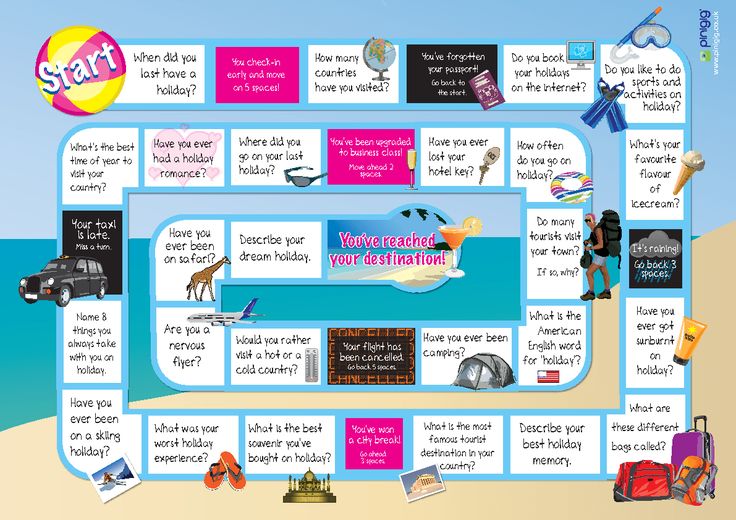
- No one can ask you to see or touch your private parts -- the parts that a bathing suit covers.
- No one can ask you to look at, touch, or help with their private parts.
3- to 4-Year-Old Development: When to Be Concerned
All kids grow and develop at their own pace. Don't worry if your child has not reached all of these milestones at this time. But you should notice a gradual progression in growth and development as your child gets older. If you don't, or if your child has signs of possible developmental delay, as listed below, talk to your child's doctor.
Signs of developmental delay in 3- to 4-year-old children include:
- Inability to throw a ball overhand, jump in place, or ride a tricycle
- Frequent falling and difficulty walking stairs
- Inability to hold a crayon between their thumb and fingers; has trouble scribbling and cannot copy a circle
- Unable to use a sentence with more than three words and uses "me" and "you" inappropriately
- Persistent drooling and trouble speaking
- Cannot stack four blocks and has trouble handling small objects
- Continues to experience extreme separation anxiety
- Lacks interest in interactive games and doesn't engage in fantasy play
- Does not play with other children and doesn't respond to non-family members
- Self control isn't improving when angry or upset
- Does not understand simple commands, or repeats the commands
- Avoids making eye contact
- Resists getting dressed, sleeping, and going to the bathroom
Also, if you notice your child resisting or struggling with doing things that they were once able to do, tell your child's doctor. This can be a sign of a developmental disorder. If your child does have developmental delay, there are many treatments available to help your child.
This can be a sign of a developmental disorder. If your child does have developmental delay, there are many treatments available to help your child.
Next Article
Your Child at 5Health & Parenting Guide
- Toddler Milestones
- Child Development
- Behavior & Discipline
- Child Safety
- Healthy Habits
- All Guide Topics
checklist for parents from a Czech specialist / Education / Immigration / 420on.cz Prague City Portal
It would seem that yesterday you brought an envelope from the hospital, and today the baby is already three years old. Now the child has become a preschooler. What changes await him in the coming year in psychological and physical terms? Especially for parents, we have prepared a checklist that takes into account the developmental features of three-four-year-old children.
Physical development of children 3-4 years old
Early preschool age is a new stage in the life of children.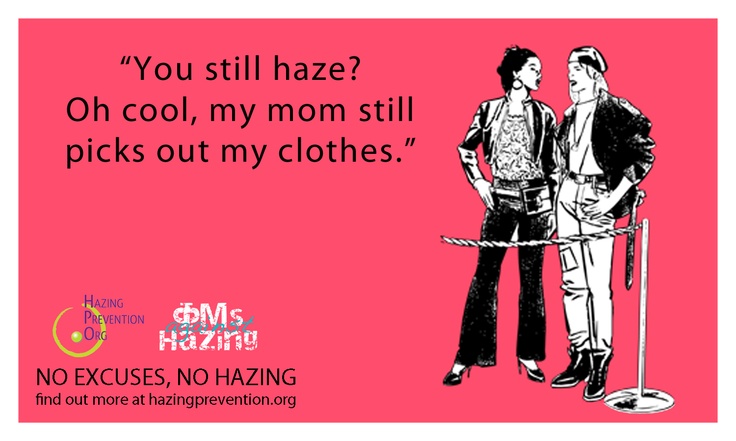 At this age, the baby usually:
At this age, the baby usually:
- already knows how to jump, run, climb objects;
- attempts to play group games;
- gaining weight slightly, only 1-2 kg per year;
- grows by 3-7 cm;
- has up to 20 milk teeth.
Mental development of children 3-4 years old
This period is characterized by the fact that the child begins to identify himself as a person and requires a proper attitude. In a small person appear:
- stubbornness;
- negativism;
- attempts to command;
- overestimated independence;
- jealousy.
Parents should remember that it is at this age that the child has the first crisis, which they, as older and more experienced, must help to cope with.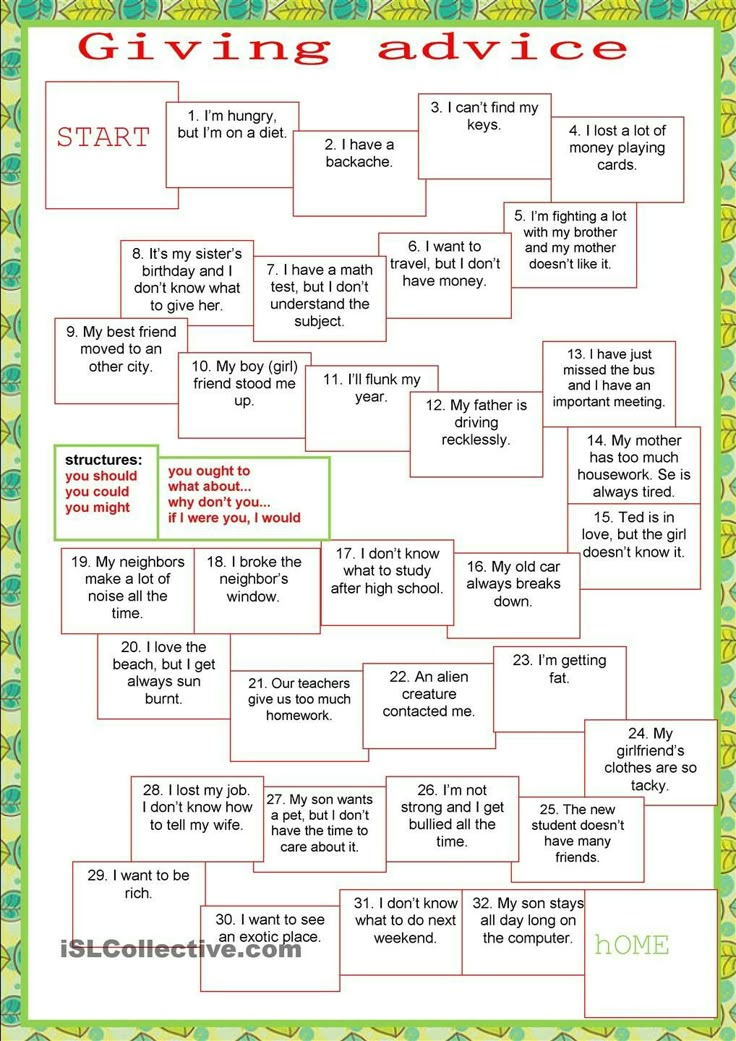
Social and communicative development of children 3-4 years old
At this age it is important to teach the child:
- to say hello when meeting other children and adults;
– get to know peers;
- share and exchange;
- take part in joint games with other children;
- use fantasy in joint games;
- be able to tell about yourself: what is his name, what are the names of his parents;
- speak polite words and know the rules of behavior in society.
Intellectual development of a child at 3-4 years old
Starting from the age of three, a certain knowledge base is formed in the child, which he tries to apply.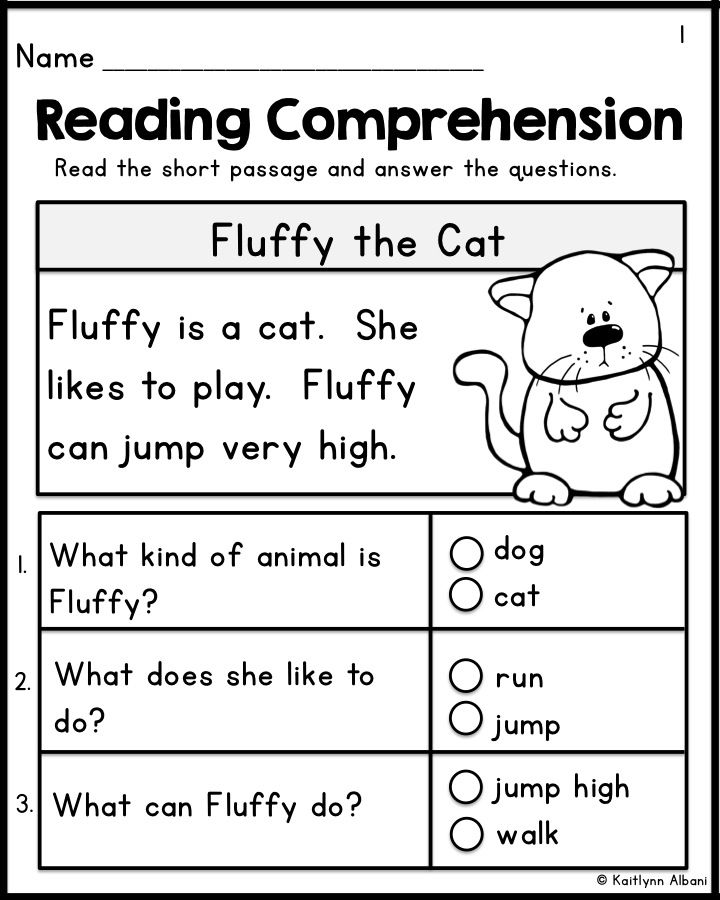 The kid actively gets acquainted with the world around him and by his age should already know:
The kid actively gets acquainted with the world around him and by his age should already know:
- names and characteristics of 10 pets;
- 5-7 species of birds, be able to show them in the picture;
- 4-5 varieties of fish;
- 4-5 varieties of insects;
- names of the main plants growing in the region: up to 5 species of trees and flowers;
- names of vegetables, berries, fruits and mushrooms that grow in the region and are sold on the shelves;
- what is the difference between the characteristics of materials such as wood, glass, stone, plastic;
– times of day and their characteristics;
- the seasons and how they differ;
- natural phenomena;
- parts of the body, and be able to show them;
- 3-5 popular professions;
- up to 10 types of vehicles;
– what is the difference between a city and a village.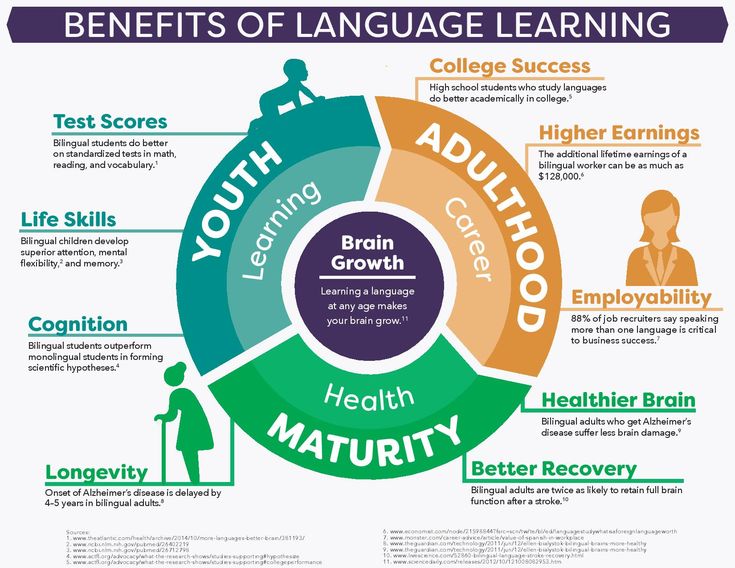
Logical and mathematical development of children 3-4 years old
Between the ages of three and four, basic logical operations and mathematical concepts improve. If a child is given enough attention, then at this age he can confidently:
- count up to 10;
- name the primary colors;
- know geometric shapes;
- know the concepts more - less, many - few, high - low, etc.;
- compare objects according to 1-2 features;
– add pictures from fragments;
- find differences between similar pictures.
Parents should actively encourage children of this age to engage in independent activities by offering to complete certain tasks.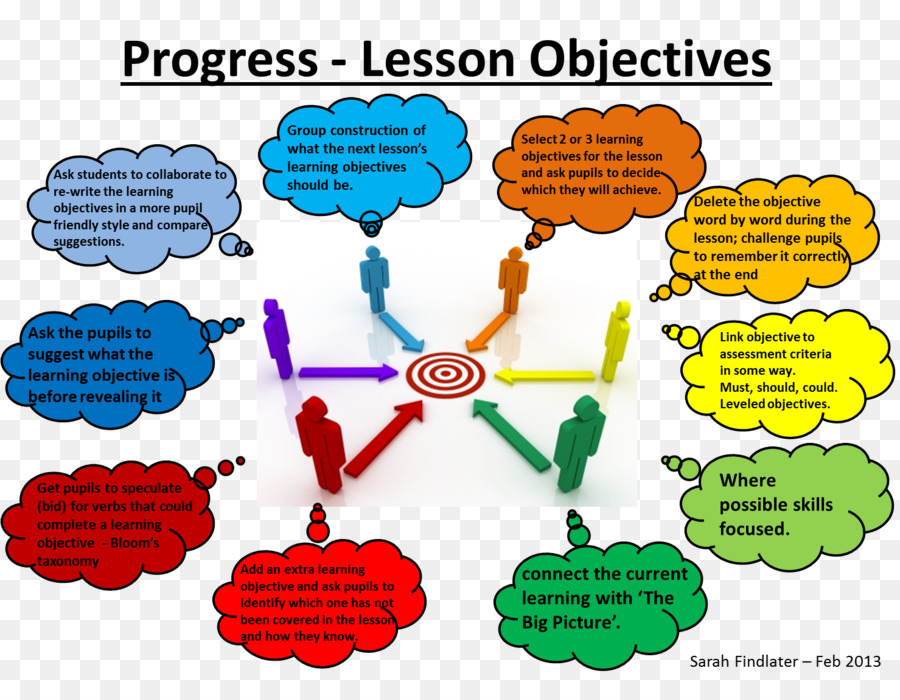
Speech development of children 3-4 years old
By the age of three, a baby should be able to:
– compose simple phrases;
talk about recent events;
- use speech as a way of obtaining new information;
- retell a fairy tale based on illustrations;
- talk about yourself;
- try to change words by case.
By the age of four, a child should have mastered the following skills:
- describe the seen image;
- quickly formulate one's thoughts;
- know the signs of objects;
- use verbs;
- repeat complex phrases after adults;
- give your first and last name;
- invent your own words, determine the meaning of incomprehensible words.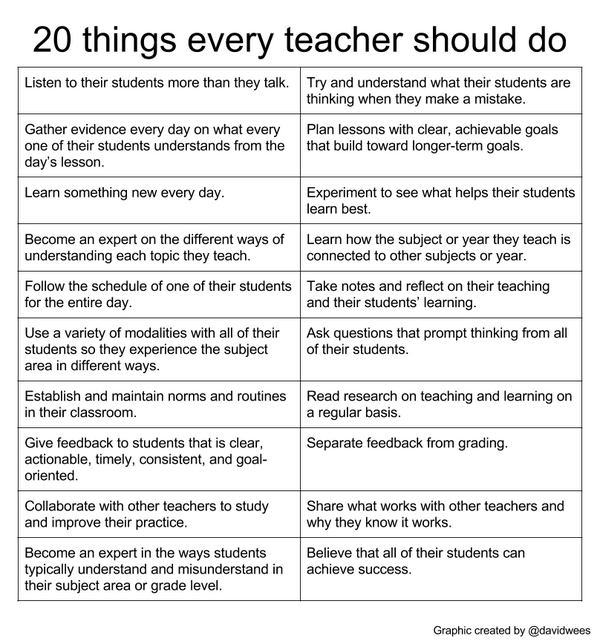
Artistic development of a 3-4 year old child
The ability to express one's feelings through creativity plays an important role in the formation of a child's psyche. At the age of 3-4 years, it is desirable for a child to master the following types of creativity:
- drawing with pencils, finger paints, brushes, crayons, sponges, felt-tip pens;
- applications of colored paper, natural materials, wadding;
- molding from plasticine and clay;
- construction;
- cutting along the contour with children's scissors with round ends;
- origami - folding figures without the use of scissors and glue;
- in addition to classes aimed at developing creative potential, the child should be offered to develop knowledge in painting, music, and literature.
Keep your finger on the pulse of your baby's development. But do not get carried away by the fears of not having time to develop the child according to the generally accepted scale. Children develop differently! And if, nevertheless, there is doubt that your child keeps up with their peers, the personal assistance of a preschool teacher will not hurt.
Materials provided by a professional teacher Tatyana Fedorovna Antonova. Tatyana Fedorovna, a teacher with 48 years of experience, lives in Prague and teaches children aged 3-12 in her school to read, write, math and Russian in person and online. She teaches her youngest students aged 3 to 6 the basics of reading and writing, counting, logic and the world around her, helping them take the first steps in the development of speech and develop fine motor skills.
You can find more information on the website of the School of Tatyana Fedorovna.
Follow the main news of the Czech Republic with 420on.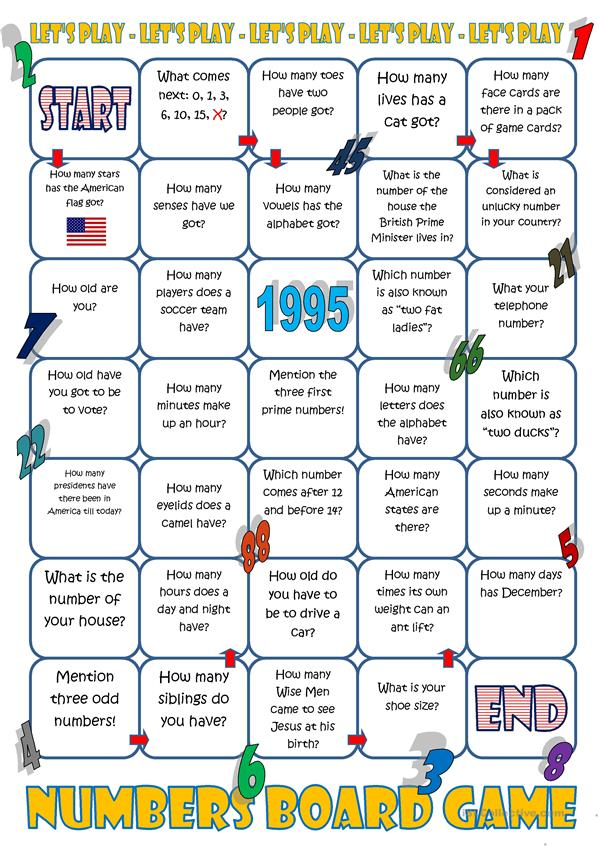 cz in a convenient format for you:
cz in a convenient format for you:
YouTube – Why do Czechs have a “red belly”? GAME: 10 Czech Words (2nd edition)
YouTube - "Point like" and other unusual Czech words. Quiz for family or circle of friends. Learning Czech with ease
YouTube – Everything you didn't know about insurance for foreigners in the Czech Republic (2022)
Telegram - a short digest of news for the day
Facebook - discussion of news and other discussions
Instagram - photo and video news every day
what to do with children 3 years old
Table of contents- Priorities in the development of the child
- What if the child likes to learn?
- Why hide-and-seek is more useful than solving problems
It so happened that there are 9 opinions0005 how to prepare a child for school , quite a lot. There is such a thing - but why learn letters, letters and read, they say, they will teach you at school.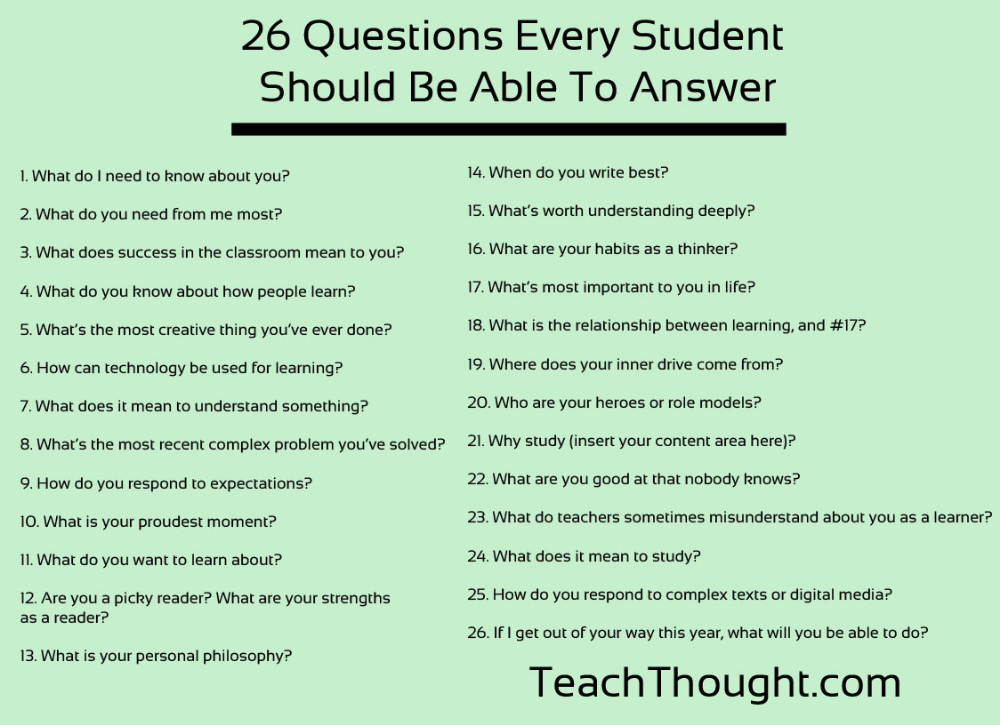 And what to do with the child then, if the parents decide not to deal with the baby? There are many options. For example, intellectual educational games for children . Here is one of the options for developing the brain, mathematical abilities and emotional intelligence - this is outdoor games with peers.
And what to do with the child then, if the parents decide not to deal with the baby? There are many options. For example, intellectual educational games for children . Here is one of the options for developing the brain, mathematical abilities and emotional intelligence - this is outdoor games with peers.
If already in August you are thinking about what kind of “developmental” to send your child to in the fall, and the example of friends who take their child to “developmental classes” does not give you peace, we suggest stopping for a minute and listening to the reflections of the psychologist and teacher Anna Bykova. Is it really “after three it’s too late”, and a child who has not been “trained” before this age will not achieve anything good in life?
I don't know what this myth rests on to a greater extent, that after three it's already too late. On parental vanity? On the desire that the child be better than others? (And then “I’m the best mom.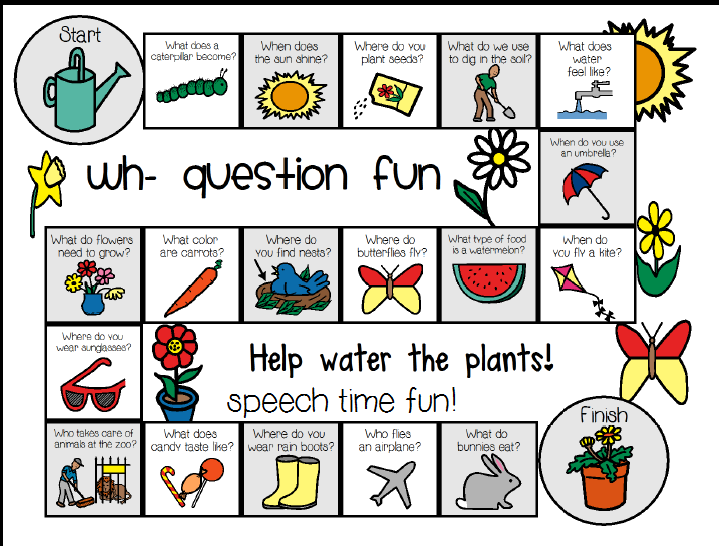 ”) Or on the parent’s fear of “not giving” something to the child? Or maybe on the desire to provide the child with an easy life in the future?
”) Or on the parent’s fear of “not giving” something to the child? Or maybe on the desire to provide the child with an easy life in the future?
But who said that the more he learns before the age of three, the easier it will be for him in later life? And is happiness in omniscience?
I once asked the readers of my blog: when do they themselves feel happy? What kind of person do they think is happy? And I received the following answers:
- One who is satisfied with his place in life, his business and his relationships with others.
- The one who is loved, valued and respected.
- One who has realized himself.
- One who knows how to rejoice in what is.
- One who puts his soul into his work.
- One who knows how to love, make friends, forgive, get along with loved ones.
- Active, inquisitive, strong-willed, self-confident, with high self-esteem.
All of the above is not about a large amount of knowledge.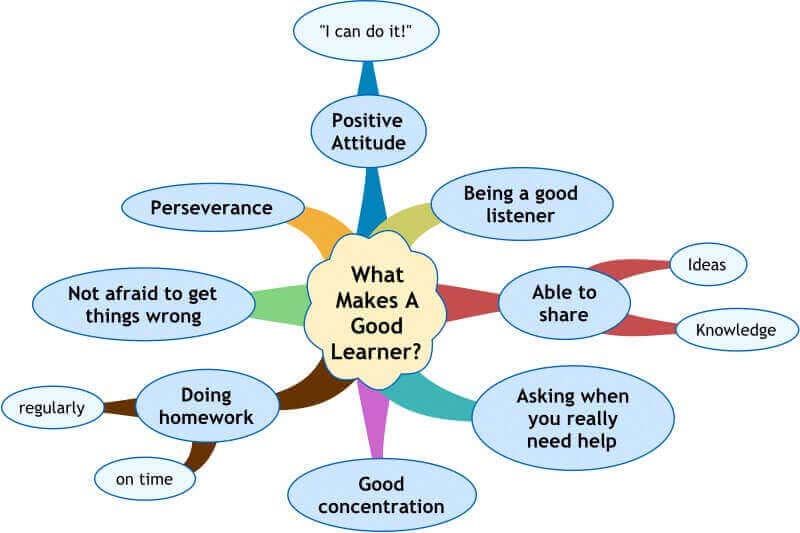 To be friends, to love, to forgive, to rejoice, to get along, to invest your soul, to be confident - this is about emotional intelligence. Happiness is from the emotional sphere. A person is happy when surrounded by pleasant contacts. Contacts based on love, respect, acceptance, mutual interest. Some people need more of these contacts, some less. To be rejected, unaccepted, misunderstood is painful.
To be friends, to love, to forgive, to rejoice, to get along, to invest your soul, to be confident - this is about emotional intelligence. Happiness is from the emotional sphere. A person is happy when surrounded by pleasant contacts. Contacts based on love, respect, acceptance, mutual interest. Some people need more of these contacts, some less. To be rejected, unaccepted, misunderstood is painful.
What to spend the strength of a child of 3 years
I agree that at preschool age a child has the highest potential for development. But it seems to me that it is better to direct this potential to the development of emotional intelligence, to communication skills - something that will help you to be happy in the future.
They say that the brain of a child in this period - up to three or six years old - can really accommodate an unlimited amount of information. You can learn all brands of cars, the capitals of all states, the names of all animals and birds, the names of artists and actors, a couple of foreign languages.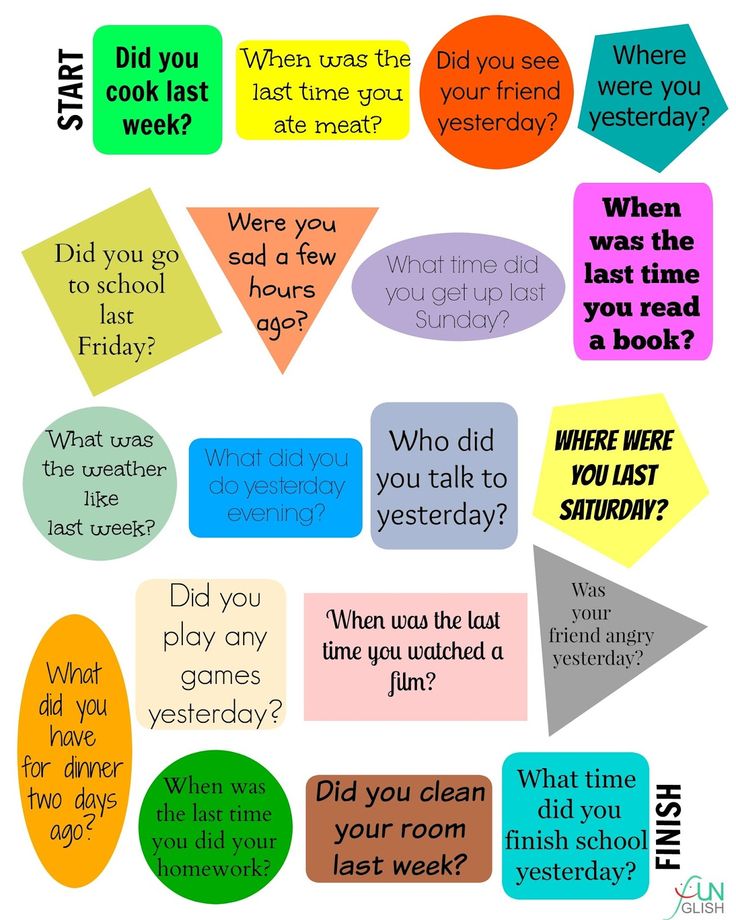 But why? Is this use of the potential of the brain for future happiness justified?
But why? Is this use of the potential of the brain for future happiness justified?
The resource for brain development is unlimited. Our brain continues to develop after three, and after thirty-three, and even after sixty, if it is loaded with new non-standard tasks. This means, if later the child has a need for something, he will be able to learn it all.
But the resource of time and energy allotted for the period of wakefulness of the child is limited.
Let me give you an example. Mary Ivanna spent the whole day moving folders in the archive and the racks themselves, waving a rag, carrying out general cleaning on the orders of the boss. Collected dust from the ceiling, washed the windows. And the boss says: “So, now prepare a report for the last quarter for me.”
Mary Ivanna tells him that she is tired and has no strength. What exactly are you tired of? Well, it was physical activity, not mental. But still tired. She sat down at the report, looked at the numbers, and her eyes were stuck together from fatigue. Until the end of the working day, I stared at these numbers, tried to reduce something, but the efficiency was zero. Just made a lot of mistakes.
Until the end of the working day, I stared at these numbers, tried to reduce something, but the efficiency was zero. Just made a lot of mistakes.
I came home from work, and there my friend was calling to the theater, I have an extra ticket. Watching a performance is not a job. Let's go and go, we rarely communicate, at least once a year to get out to the theater.
Persuaded. They watch a performance. A friend sympathizes with the heroes, sometimes crying with them, sometimes laughing, pondering the key idea of the play, evaluating the performance of the actors. And Mary Ivanna fell asleep in the armchair ... She woke up only when “bravo!” they began to shout...
I came home, and there my husband and children missed communication. They talk and talk, they share the events of the past day. And Mary Ivanna catches herself thinking that she is listening to them, even nodding, but she does not understand the essence, she no longer analyzes what has been said. Ask her now: “What did I just talk about?” - she won’t be able to repeat it . ..
This is a sketch for those who believe that one does not interfere with the other and that it is possible to load a child with encyclopedic knowledge without compromising his physical, creative and emotional development.
“She is a very smart girl, but somehow hysterical,” say her parents. They do not associate hysteria with overwork from classes: “But she remembers everything so easily!” Easily remembers - does not mean that she does not get tired at the same time. The daily resource is selected. There is no energy to learn to manage emotions as well.
Priorities in the development of the child
It is better to arrange them in this way:
- Physical development, maximum physical activity. Scientists have long proven that exercise improves brain function. It is advisable to perform these exercises in the fresh air, since the brain is an organ that consumes oxygen very vigorously.
- Emotional and creative development , which is most easily realized through the game.
- The development of communication skills is also easier to implement through the game.
All of the above can be implemented simultaneously in an outdoor game on the street . It follows that for a preschooler, yard football, hide-and-seek, hide-and-seek, tag, cat-and-mouse are better than classes at desks.
The task of preschool childhood is not to educate the child, but to prepare him for learning in the future. So that he comes to school physically strong, able to communicate with peers, to keep attention. With this base, he will easily absorb new knowledge. Strengthened back muscles will not get tired from sitting. The nervous system will not be overloaded with conflicts and complexes.
If I haven't convinced you yet that it's not too late after three, I'll add this argument. The legendary Masaru Ibuka wrote his book on early development, It's Too Late After Three, in 1971. In those years, scientists believed that after reaching maturity, new neurons in the human brain were no longer born.
This idea was common among neuroscientists until the mid-1990s. But already in 1998, the first evidence of neurogenesis in the hippocampus of an adult was obtained. In a very simple way, the hippocampus is a part of the brain that, among other things, is responsible for memory. Thus, if your child does not have time to remember something in the preschool period, he will have the opportunity to learn it later.
Exhale, parents, and let's go play .
What if the child likes to study?
— But he himself likes to study, sit with me and solve all these problems...
What is the key here? “I like to sit with me” or “I like to solve puzzles”?
Parents often confuse interest in “being close to mom” with interest in actual tasks. It is clear that the child wants to be with his mother. And mom believes that time “should be spent with benefit”. As soon as the child is distracted by the game, the mother immediately leaves the contact, because "he can play without me.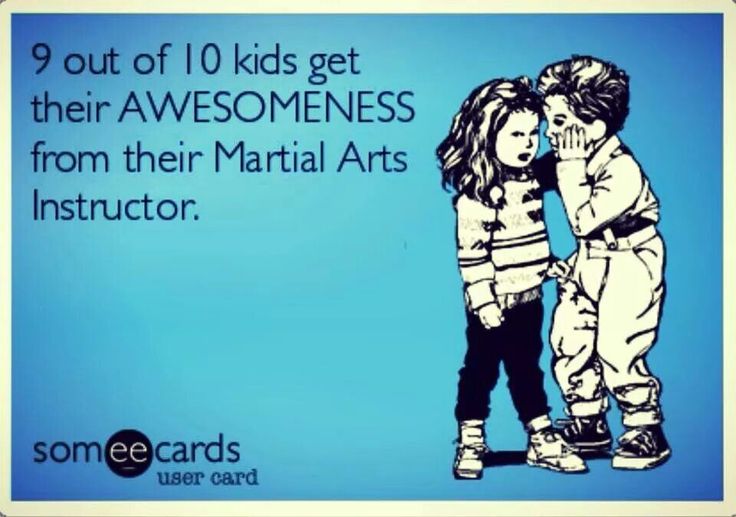 "
"
Soon the child understands that he can be with his mother only in the process of solving problems, so he agrees to his mother's conditions. And mom is even more inspired because "he likes it."
And you take it and check how you like it. If a mother plays hide-and-seek and hide-and-seek with a child with the same enthusiasm as she studies the stages of development of a butterfly from pictures, then what will the child choose? Now, if the child himself pulls his mother to solve problems, preferring games to them, then yes, I believe that he himself likes it.
Why hide-and-seek is more useful than solving problems
In general, any game at this age is time spent with benefit. And hide-and-seek is perhaps even more useful than knowing what's going on with the butterfly. Brain development occurs through movement. For example, when a child climbs a horizontal bar along the Swedish wall, and then hangs on it, dangling his legs, this is laying the foundation for mathematical knowledge.
Did you think mathematics starts with numbers? No! It begins with spatial representations of "higher", "lower", "closer", "further", "right", "left". And before the child begins to determine "right or left" in the space of the sheet, he must learn to understand this through his own body. It is important for him to move in space.
A child climbed onto the first rung and caught the feeling. Went up to the second one. Looked down, compared the distance. Even higher is even further from the ground. Has stopped, decides: to rise further or to jump off? Estimates the distance, measures it with his own strength.
Playing the ball is also laying the foundation for mathematical knowledge, because it is a great way to develop spatial representations. Is the ball far or near? In which direction is he rolling? What should be the direction and force of the impact in order for the ball to fly in the right direction?
“If it were so, then all the football players would be brilliant mathematicians,” one mother objected to this with a skeptical smile.